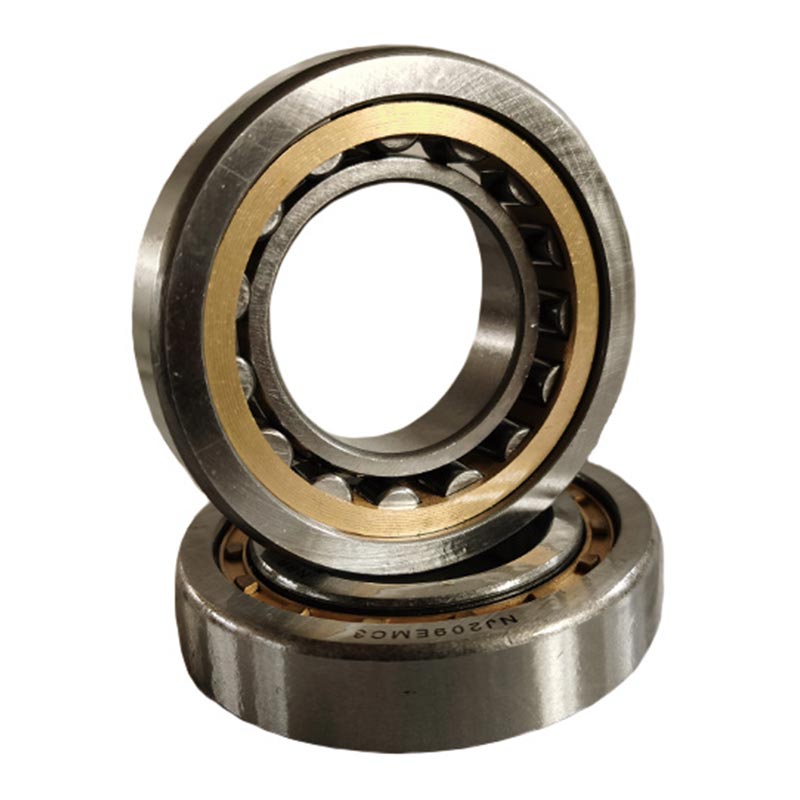Cylindrical roller bearings are a crucial component in various mechanical systems, and their unique design and capabilities make them an excellent choice for a wide range of applications. In this article, we will explore the advantages and reasons why cylindrical roller bearings are commonly used in various industries and machinery.

Before we delve into their benefits, let's briefly understand what cylindrical roller bearings are. Cylindrical roller bearings are a type of rolling-element bearing designed to provide high radial load capacity. They consist of cylindrical rollers held in place by a cage, allowing them to offer superior performance in certain conditions.
Advantages of Using Cylindrical Roller Bearings
1. High Radial Load Capacity
One of the primary reasons for using cylindrical roller bearing is their exceptional radial load-carrying capacity. This means they excel at supporting heavy loads in the radial direction, making them ideal for applications where the primary load is perpendicular to the bearing's axis.
2. Space Efficiency
Cylindrical roller bearings are compact and have a smaller cross-sectional profile compared to other types of roller bearings, such as spherical roller bearings. This space-saving design is advantageous in machinery with limited installation space.
3. Axial Load Support
In addition to radial loads, cylindrical roller bearings can also withstand some axial loads. This dual capability makes them versatile and suitable for applications where both radial and axial loads are present.
4. High Rigidity
Cylindrical roller bearings are known for their rigidity, which ensures minimal deformation even under heavy loads. This rigidity contributes to the stability and precision of machinery and equipment.
5. Minimal Friction
Their rolling element design minimizes friction, resulting in efficient operation and reduced energy consumption. This is particularly important in applications where energy efficiency is a priority.
6. Durability
Cylindrical roller bearings are built to withstand tough operating conditions, including high temperatures and heavy vibrations. Their robust construction enhances the longevity of the bearing, reducing maintenance and replacement costs.
7. Versatility
Cylindrical roller bearings come in various designs, including single row, double row, and multi-row configurations. This versatility allows engineers to choose the right type of bearing for specific applications, optimizing performance and reliability.
Common Applications
Cylindrical roller bearings find use in a wide range of applications, including:
Machine Tools: They are essential in precision machinery like lathes and milling machines.
Automotive Industry: Cylindrical roller bearings are found in transmissions, wheel hubs, and engines.
Industrial Gearboxes: They play a crucial role in ensuring the smooth operation of gearboxes in industrial equipment.
Aerospace: In aircraft and spacecraft, cylindrical roller bearings are used for their high load-bearing capacity and reliability.
Railway Systems: They are employed in locomotives, freight cars, and passenger train applications.
Wind Turbines: Cylindrical roller bearings are used to support the main shaft in wind turbine generators.
Conclusion
In conclusion, cylindrical roller bearings offer several advantages that make them a preferred choice in various industries and applications. Their ability to handle heavy radial loads, compact design, axial load support, and durability make them indispensable components in machinery and equipment. Whether you are designing a precision tool or a heavy-duty industrial system, cylindrical roller bearings can provide the reliability and performance you need.
评论
发表评论